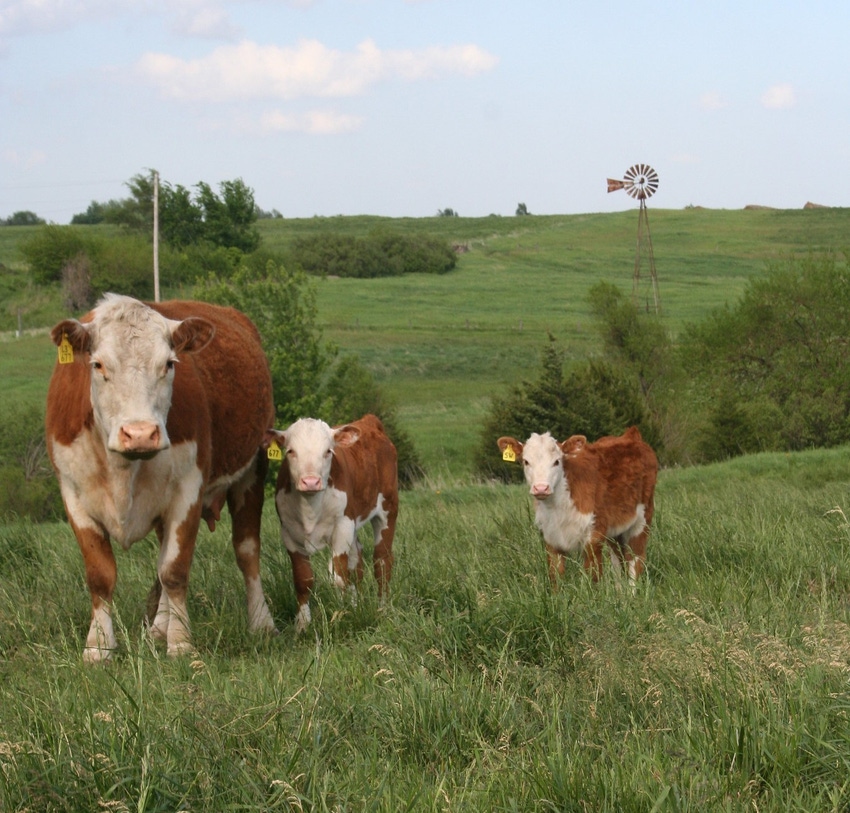Securing Success: Bagley Risk Management Solutions
Securing Success: Bagley Risk Management Solutions
Blog Article
Recognizing Livestock Threat Defense (LRP) Insurance Policy: A Comprehensive Overview
Browsing the world of livestock risk defense (LRP) insurance can be an intricate endeavor for many in the agricultural industry. From just how LRP insurance policy functions to the different insurance coverage options offered, there is much to discover in this comprehensive overview that could possibly form the means animals manufacturers come close to danger administration in their organizations.

Just How LRP Insurance Coverage Works
Occasionally, understanding the auto mechanics of Animals Threat Protection (LRP) insurance policy can be intricate, however damaging down just how it functions can give clarity for herdsmans and farmers. LRP insurance is a risk administration device made to shield livestock producers versus unanticipated rate decreases. It's crucial to keep in mind that LRP insurance policy is not an earnings warranty; instead, it concentrates exclusively on rate risk protection.
Eligibility and Protection Options

When it comes to insurance coverage alternatives, LRP insurance coverage offers producers the adaptability to choose the coverage degree, insurance coverage period, and endorsements that finest fit their danger monitoring requirements. By understanding the qualification criteria and coverage options readily available, animals producers can make informed decisions to take care of threat effectively.
Benefits And Drawbacks of LRP Insurance Coverage
When evaluating Livestock Danger Defense (LRP) insurance, it is important for livestock manufacturers to weigh the negative aspects and benefits integral in this danger administration tool.

Among the key benefits of LRP insurance policy is its ability to supply defense against a decline in livestock rates. This can help guard producers from financial losses resulting from market fluctuations. In addition, LRP insurance policy supplies a level of versatility, allowing manufacturers to personalize protection degrees and policy durations to suit their specific requirements. By securing a guaranteed cost for their livestock, producers can much better manage risk and plan for the future.
However, there are likewise some downsides to think about. One constraint of LRP insurance is that it does not safeguard versus all kinds of threats, such as condition episodes or all-natural calamities. Costs can often be expensive, particularly for producers with huge animals herds. It is crucial for producers to thoroughly evaluate their individual risk exposure and economic scenario to identify if LRP insurance coverage is the ideal danger management device for i loved this their procedure.
Comprehending LRP Insurance Premiums

Tips for Maximizing LRP Perks
Maximizing the benefits of Animals Threat Security (LRP) insurance policy requires critical preparation and proactive risk monitoring - Bagley Risk Management. To make the most of your LRP protection, take into consideration the following ideas:
On A Regular Basis Analyze Market Conditions: Remain notified about market trends and rate variations in the animals market. By checking these factors, you can make informed decisions find out here now regarding when to buy LRP insurance coverage to shield versus potential losses.
Set Realistic Protection Degrees: When choosing protection degrees, consider your production prices, market value of livestock, and possible risks - Bagley Risk Management. Establishing practical coverage degrees ensures that you are sufficiently secured without paying too much for unneeded insurance policy
Diversify Your Protection: As opposed to relying solely on LRP insurance coverage, think about expanding your risk monitoring techniques. Integrating LRP with various other threat management devices such as futures contracts or choices can give thorough insurance coverage versus market uncertainties.
Testimonial and Change Coverage Regularly: As market conditions change, occasionally assess your LRP insurance coverage to ensure it straightens with your present risk direct exposure. Changing coverage degrees and timing of purchases can aid enhance your risk defense method. By adhering to these ideas, you can make the most of the advantages of LRP insurance coverage and protect your livestock operation against unforeseen risks.
Conclusion
In final thought, livestock risk security (LRP) insurance policy is an important device for farmers to handle the economic risks linked with their livestock procedures. By comprehending just how LRP works, qualification and insurance coverage alternatives, in addition to the benefits and drawbacks of this insurance policy, farmers can make educated choices to secure their incomes. By meticulously thinking about LRP costs and carrying out strategies to optimize benefits, farmers can minimize prospective losses and make sure the sustainability of their operations.
Livestock producers interested in obtaining Animals Risk Protection (LRP) insurance coverage can check out a variety of qualification criteria and coverage options customized to their specific animals procedures.When it comes to coverage choices, LRP insurance uses manufacturers the flexibility to pick the insurance coverage level, insurance coverage duration, and recommendations that finest suit their risk administration demands.To grasp the ins and outs of Animals Threat Protection (LRP) insurance coverage totally, comprehending the aspects influencing LRP insurance premiums is vital. LRP insurance coverage costs are figured out by different elements, including the coverage level chosen, the expected rate of animals at the end of the coverage period, the type of animals content being insured, and the size of the protection duration.Review and Readjust Coverage Frequently: As market conditions alter, regularly evaluate your LRP insurance coverage to ensure it lines up with your current risk exposure.
Report this page